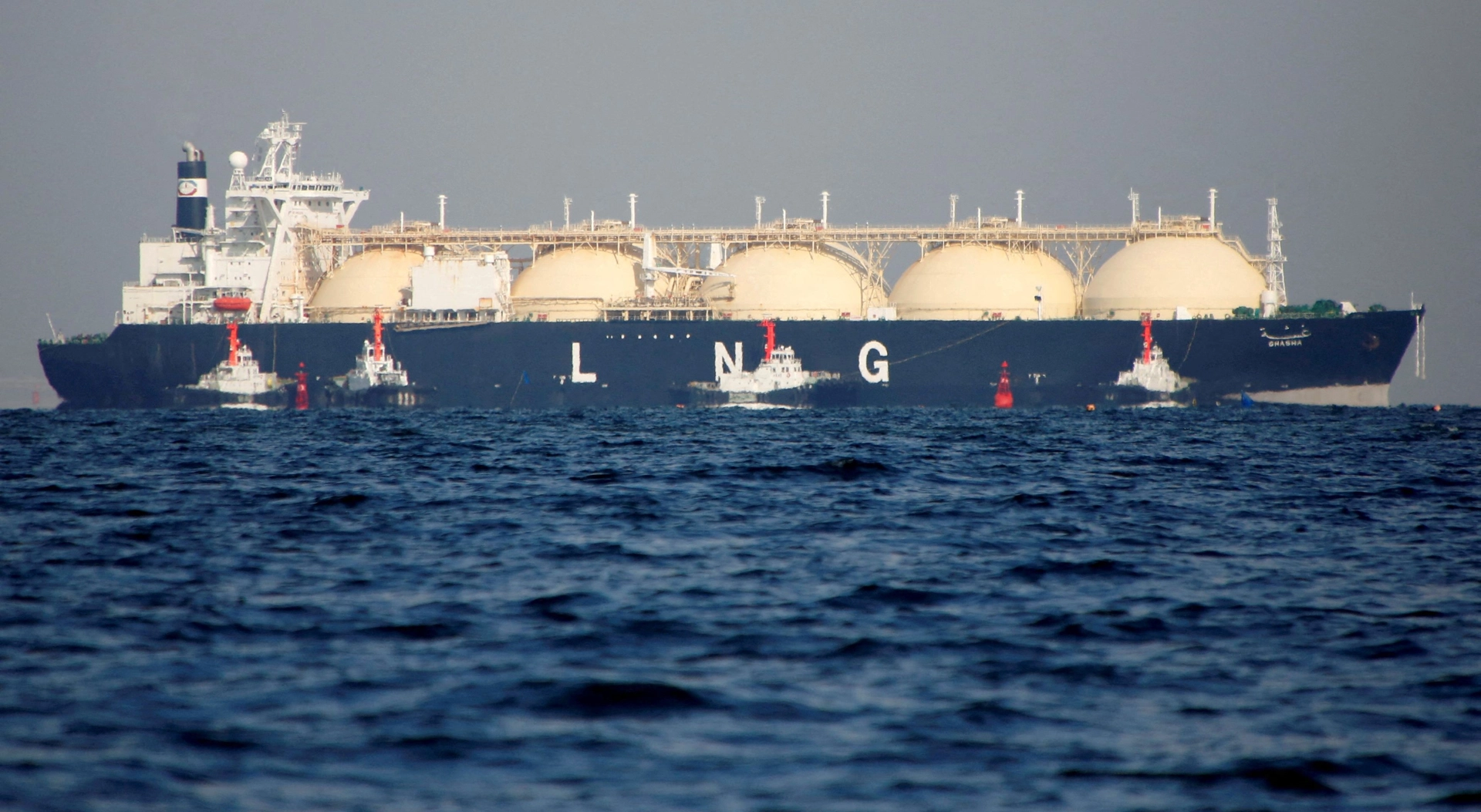
European gas markets
The Ukraine conflict continued to disrupt traditional gas flows, pushing Europe to diversify its energy sources – leading to an increased reliance on LNG imports and intensifying competition with Asia during peak demand periods. The United States strengthened its position as a top LNG exporter with new facilities coming online, boosting global supply.
Europe managed to maintain energy security. However, high prices inevitably strained industrial competitiveness and economic performance.
Looking ahead to 2025, the LNG market faces potential upside risks despite forecasts of increased supply from the US and Qatar. Delays in capacity additions or stronger-than-expected demand from Asia – driven by economic recovery or cold weather – could tighten the market.
Europe’s gas storage buffer could diminish if geopolitical disruptions persist, amplifying volatility. The industry remains on alert for unexpected events that could quickly shift supply-demand balances.
European power markets
A strong recovery of French nuclear power generation and a significant increase of renewable generation (representing 55% of total demand in Germany), coupled with above average high hydro power generation characterized 2024. EUA (EU carbon allowances) prices were relatively low, favouring cheaper lignite – and partly coal – power generation over natural gas.
Heatwaves during the whole summer in Central and Southeastern Europe with very high prices demonstrated the region’s spiking potential in times of high demand, amplified by limited cross-border capacity from the West to East.
The West itself was not immune to spikes. In the period of combined cold and no renewables, the “Dunkelflaute” (no sunshine and no wind at the same time), Germany has seen its highest power prices since 2006. In the last few years, Germany closed all of its nuclear plants, and has already decommissioned some of the coal and lignite generation as well, which makes these tight periods even more challenging to manage.
The power demand in 2025 is expected to remain below pre-pandemic levels, especially in the West. No further increase in the current French nuclear generation is likely. Lignite and coal will remain cheaper than natural gas throughout 2025, further limiting gas-based power generation, unless EUA prices rise significantly.
The rapid growth of renewable power generation requires timely and adequate expansion of the electrical grid, as well as sufficient flexible generation. The current lack of flexible generation and limited cross-border commercial capacity will keep spot price volatility and price spikes even more likely in the coming year.
